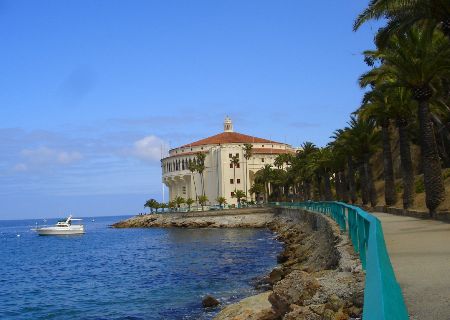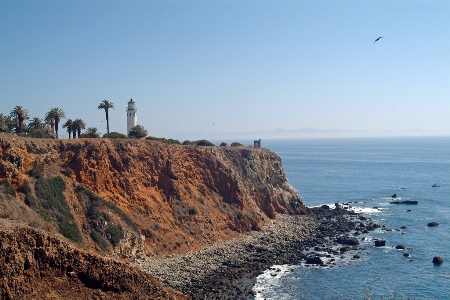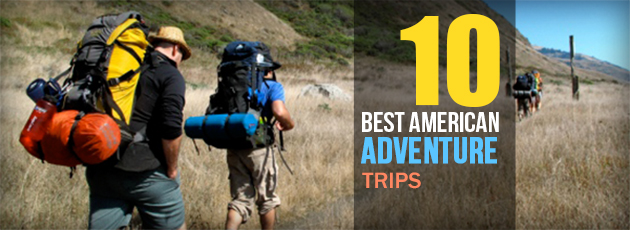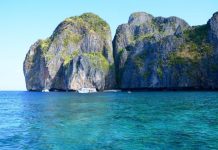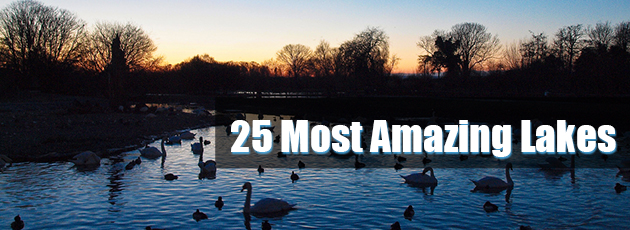Santa Catalina Island
A Pacific gray whale swims past fog-shrouded Santa Catalina Island on its southward migration to warm-water breeding grounds off Baja, Mexico.
A California gray whale takes an average of 54 days for a whale to swim 4,971 miles from the north-central Bering Sea to Baja California, an average of 91.3 miles a day at roughly 3.8 mph [California camping].
San Ignacio Lagoon in Baja, California
San Ignacio Lagoon in Baja, California, is the place to go to see gray whales up close. Here, visitors in a small boat pet the whales.
Every year, hundreds of gray whales arrive at the lagoon from Alaska to mate and reproduce. There are stellar places in California to watch the whales as they make their way south–and you don’t have to get on a boat to see them.
Julia Pfeiffer Burns State Park, Monterey County
This small state park, adjacent to Big Sur in the Los Padres National Forest, borders the coast and includes towering ridges and coastal bluffs, with panoramic views of the ocean.
Take the Overlook Trail, which runs along the top of the cliffs, and find a comfortable spot where you can sit with a pair of binoculars. If the whales are scarce, at least you can see the gorgeous and much-photographed 80-foot waterfall that splashes from a granite cliff into the beach.
San Simeon State Park, San Luis Obispo
This park, about five miles south of Hearst Castle, has a vast, green wetland. But to see whales, head toward the southwestern end of the park, where a mile-long boardwalk borders Moonstone Beach.
The wooden walkway stretches from the bluffs down to the shoreline. Benches along the path make for perfect whale-watching rest stops. At left, a whale spouts off the coast.
Wayne Perryman, of NOAA’s Southwest Science Center, last year scanned the ocean off San Simeon for gray whales as they migrated north bound from their wintering location in Baja, Mexico.
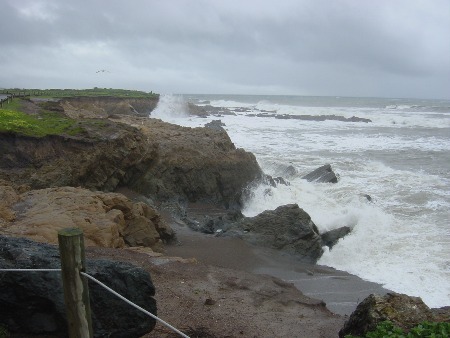
Shoreline Park, Santa Barbara
Shoreline Park, in foreground at left, is a well-manicured coastal park in Santa Barbara where families can enjoy a picnic while scanning the ocean surface for whale spouts. The 15-acre park is high on a bluff, overlooking the beach and harbor, with a whale tail-shaped bench located near the cliff’s edge — a perfect spot for whale watchers.
Bottlenose dolphins, shown here near Point Vicente on the Palos Verdes Peninsula, are a common sight near whale-watching spots–so keep your eyes open for these active creatures.
The Point Vicente Interpretive Center, Rancho Palos Verdes
If you visit the interpretive center to spot whales, you won’t be alone. The adjacent patio overlooking the ocean on a coastal bluff is used by volunteers with the American Cetacean Society to complete their annual gray whale count.
This is not only a great place to spot whales but a chance to ask experts whale-related questions. The volunteers work every day from December to May, 6 a.m. to 6 p.m.
Volunteers at the Point Vicente Interpretive Center in Rancho Palos Verdes, keep careful records to document a variety of whale census information, including wind conditions, visibility and whale sightings.
Photo Credits: 1, 2, 3, 4, 5, 6

